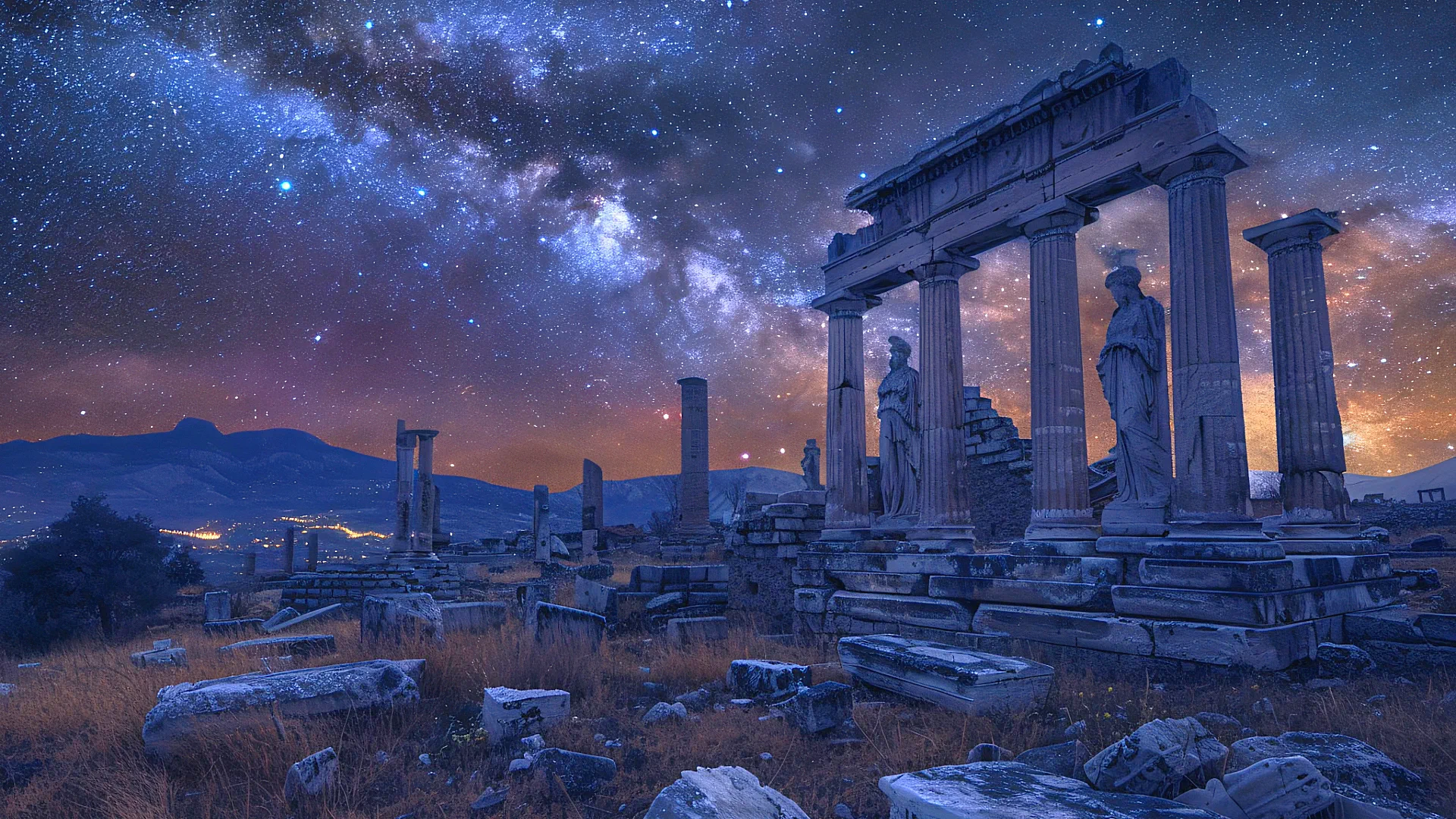
Enhance Your Astronomical Experience in July 2024

Key astronomical events for July 2024:
New Moon: July 6
Full Moon: July 21
Mercury at Greatest Eastern Elongation: July 22
Gamma Draconids Meteor Shower: July 28-29
Mars near Neptune: July 25
Here are some of the best places in the world to observe these events:
New Moon: The New Moon is the best time to observe faint objects like galaxies and nebulae, because the Moon is not in the sky. Any dark location with little light pollution will be a good place to observe.
Full Moon: The Full Moon is the worst time to observe faint objects, because the Moon is at its brightest. However, it is a good time to observe the Moon itself and craters on its surface. Some good places to observe the Moon include:
Mauna Kea Observatory, Hawaii, USA: Mauna Kea is one of the best places in the world to observe the Moon, thanks to its high altitude and clear skies.
Teide Observatory, Tenerife, Canary Islands: Teide Observatory is another great place to observe the Moon, thanks to its location on a volcanic island with minimal light pollution.
Atacama Desert, Chile: The Atacama Desert is one of the driest places on Earth, and it also has some of the clearest skies. This makes it an ideal location for observing the Moon.
Mercury at Greatest Eastern Elongation: Mercury is at its greatest eastern elongation on July 22, which means it will be at its highest point above the horizon in the western sky just after sunset. This is the best time to observe Mercury, as it will be brightest and easiest to see. Some good places to observe Mercury include:
Death Valley National Park, California, USA: Death Valley National Park is one of the darkest places in the lower 48 states, making it an ideal location for observing Mercury.
Big Bend National Park, Texas, USA: Big Bend National Park is another great place to observe Mercury, thanks to its remote location and clear skies.
Canary Islands, Spain: The Canary Islands are a group of volcanic islands off the coast of Africa. They have some of the clearest skies in the world, making them a great place to observe Mercury.
Gamma Draconids Meteor Shower: The Gamma Draconids meteor shower peaks on July 28-29. This is a minor meteor shower, but it can still produce up to 10 meteors per hour under ideal conditions. The best time to observe the shower is in the early morning hours, when the shower's radiant point is highest in the sky.
Some good places to observe the shower include:
Northern Canada: Northern Canada is home to some of the darkest skies in the world, making it an ideal location for observing meteor showers.
Alaska, USA: Alaska is another great place to observe meteor showers, thanks to its long hours of darkness and clear skies.
Scandinavia: Scandinavia is a region of Northern Europe that includes Norway, Sweden, and Finland. It has some of the clearest skies in Europe, making it a good place to observe meteor showers.
Mars near Neptune: Mars will be near Neptune on July 25. This is a rare event that will only occur a few times in the next century. The two planets will be close together in the sky, making it possible to see them both with a telescope.
Some good places to observe the planets include:
Mauna Kea Observatory, Hawaii, USA: Mauna Kea is one of the best places in the world to observe planets, thanks to its high altitude and clear skies.
Paranal Observatory, Chile: Paranal Observatory is home to the Very Large Telescope, one of the most powerful telescopes in the world. It is a great place to observe planets and other celestial objects.
Subaru Telescope, Hawaii, USA: The Subaru Telescope is another powerful telescope located on Mauna Kea. It is a good place to observe planets and other faint objects.
These are just a few of the many astronomical events that will take place in July 2024. With a little planning, you can enjoy these events from anywhere in the world.